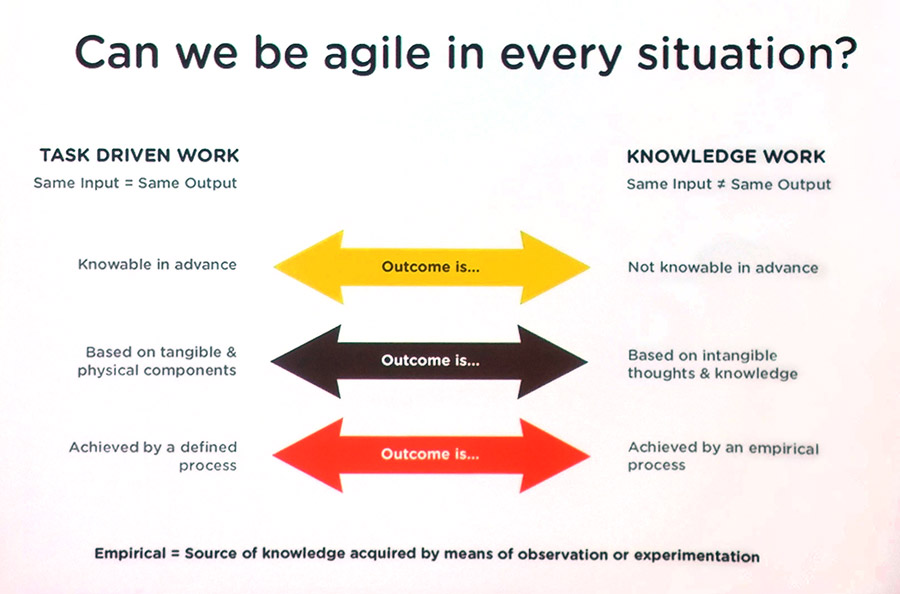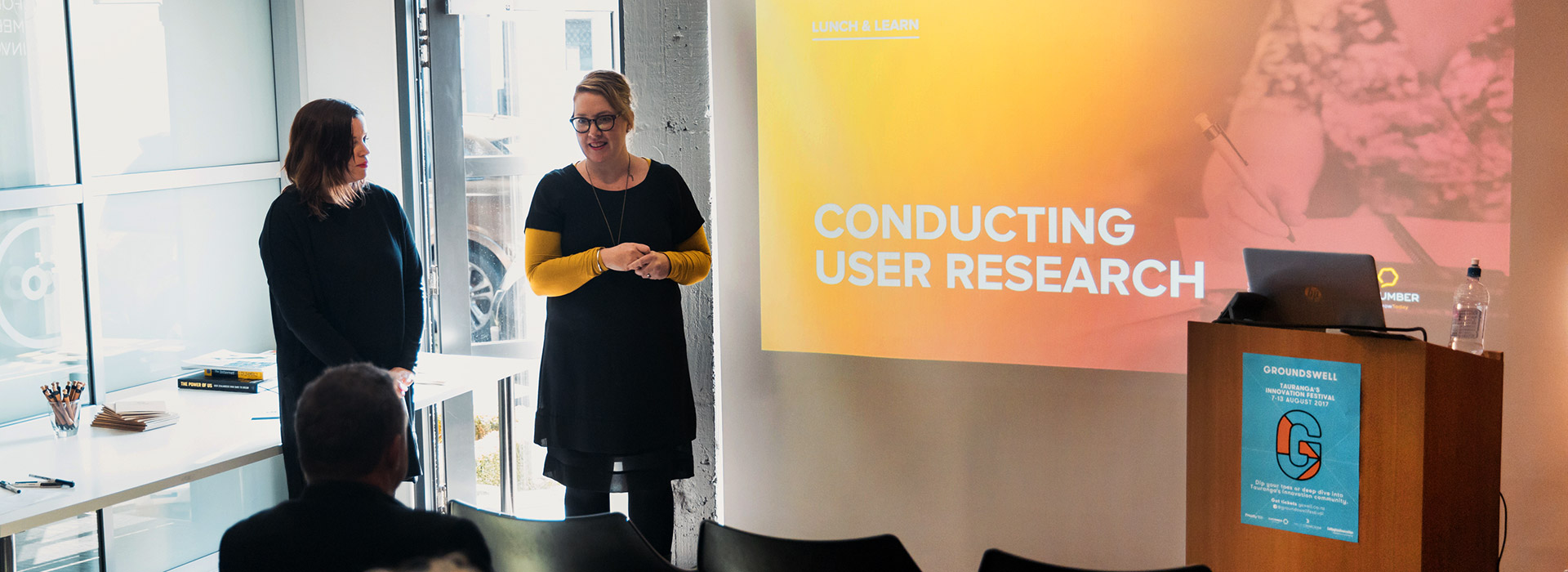Quick thinking for great innovation: All about Agile
During Groundswell, Tauranga’s inaugural innovation festival, I attended Carol Mahaj’s presentation at Cucumber Digital on Agile for Non-Development Projects. She certainly delivered a very insightful overview of what Agile thinking is and how its utilized by companies ranging from fighter jet manufactures to wineries to radio stations. This goes to show the diversity of projects to which it can be applied, but what exactly is Agile and how can it be used?
Born in 2001 from a group of software developers who met at Snowbird ski resort in Utah, Agile isn’t just another tool in the toolbox. It’s a set of principles and values that guide decisions to be made quickly, allowing us to develop ideas faster than ever before. The outcome is rapid feedback to define the direction for any given project. Think of it as a set of principles that guides decisions. It values individuals and interactions over process and tools. In a roundabout way, it’s a mindset, an approach that unlocks rapid feedback to define direction so decisions can be made quickly.
Ask yourself, am I completing task-driven work, where the same input results in the same output? Or knowledge work, where the same input results in different outputs? These outcomes are driven by you and your team, not by process, and the result is continuous innovation. Having an Agile mindset and approach results in evolving development. To a product designer, this resonates as small, continual iterations of an MVP (most viable product). This ever-evolving way of working is employed by many different companies and organisations, both big and small.

Swedish aerospace company Saab, manufacturer of the JAS 39E Gripen fighter jet, utilizes Agile design by releasing iterations of all systems every 6 months. As a result, the development cost is only 20% of a comparable jet, the F-35 — the Gripen is the world’s most cost-effective military aircraft, according to Janes Aviation Weekly. National Public Radio (NPR) adopts Agile in a way that products are released early and run live. Listeners and program directors are invited to critique and give feedback, resulting in ever-evolving shows instead of permanent offerings.
Mission Bell Winery uses Agile thinking for everything from wine production to warehousing, to running its senior leadership group. How can you and your team adopt an Agile mindset?
Carol gave a great piece of simple advice: start implementing some Agile approaches without telling your team or company and see how quickly they become the norm. Hold quick daily stand-up meetings, no longer than 20min, instead of a weekly 2-hour meeting. (Yeah, my brain hurts just thinking about a 2-hour meeting, too.)
“A mindset is simply a set of principles/values which guide decisions we make every day. So, our principles and values need to allow us to quickly adapt and easily change leading to innovation.”
Agile is not to be confused with Lean. Lean is about increasing efficiency and reducing waste whereas Agile is all about change. It’s used best when we are unsure about the whole journey or the outcomes and, as a result, gives real-time visibility of work in progress or work done. It allows us to fail fast but quickly regain direction, something every team or company can benefit from.
“You don’t learn to walk by following the rules. You learn by doing and falling over.”
— RICHARD BRANSON
Photo by Richard Robinson
Need help improving your internal capability and getting your team to innovate? Check out our Innovation Consulting services.


Comments